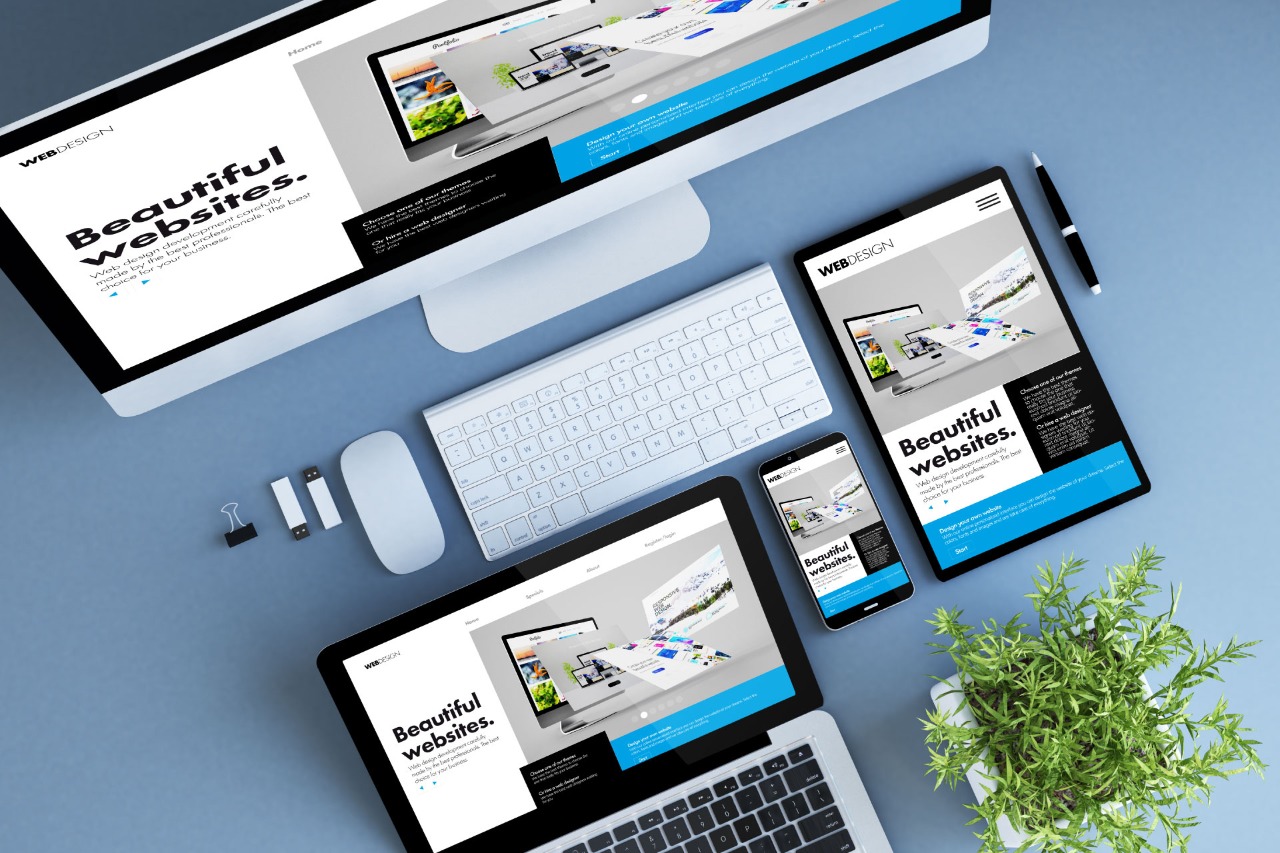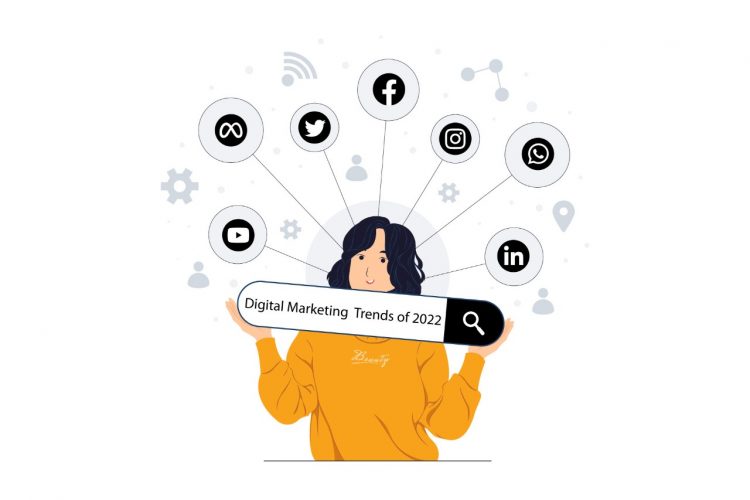
A landing page is an independent page made explicitly for a marketing or advertising campaign. In that place visitors land after they click on a link in an email, or ads from Google, Bing, YouTube, Facebook, Instagram, Twitter, etc.
Unlike website pages, which generally have numerous objectives and boost inquiries, landing pages are developed with a single focus or objective, known as a call to action ( CTA ). It is this goal that makes landing pages the most ideal choice for expanding the conversion rates of your marketing campaigns and bringing down your expense of getting a lead or sale.

Difference between a homepage and a landing page
There are a small bunch of things that put landing pages and homepages aside. Homepages have:
Many links: On a normal homepage, you find at least 10 links. There is regularly a navigational menu at the top, joins in the footer, and numerous in the page’s content. On a very much upgraded landing page, however, you’ll ordinarily track down fewer links, and in some cases only one-the link that permits your clients to convert.
Wider CTAs: Your homepage presents your business and fills in as a center point from which clients can explore different corners of your site. Since your homepage has such countless responsibilities to take care of, its content is generally broad and has less explicit CTAs. Since landing pages have one objective, they have custom-made CTAs.
A distinct crowd and objective: Large numbers of people who visit your homepage likely haven’t chosen what they need yet. But on the other side, People who end up on your landing pages have effectively shown interest in what you offer. They have tackled further into your client venture and are more prepared to convert.
Mainly landing pages can be classified into two categories.
Lead generation landing page also called lead gen. This sort of landing page centers on gathering lead information. Simply saying, it gathers data about your clients.
The brand feature of a lead catch page is a form, which acts as the CTA. In return for a product or service, it asks people for information like their names, email, and phone numbers. You can even request more details like their age ranges or job details. In that way, you can contact leads and support their advantage in your business.
This information has one more purpose also. The data you gather can show you about your contacts. You can then concentrate your marketing endeavors and focus on individuals who match them and are thus bound to convert. This can raise your return on investment (ROI), particularly whether you run paid advertising campaigns. Likewise, the data that lead generation pages catch helps enhance your marketing strategy and make it more effective.
The Click-through landing page is not like the lead gen page which uses forms. The central point of the Click-through landing page is the CTA buttons. Clicking the button diverts your users to a page where they can finish your ideal activity.
You will frequently track down click-through pages on e-commerce websites or different sites that are more centered on making sales promptly rather than gathering client data. Other than the CTA button, these landing pages normally incorporate persuasive data like product details or client testimonials to add interest and draw in forthcoming clients.
The significance and advantages of a landing page
Landing pages are unique from different pages on your site since they center around explicit, single objectives so that you can get the outcomes you need. Other than expanding conversions, further developing ad campaigns, and yielding new crowd bits of knowledge, landing pages can:
Increase your credibility: Clients ordinarily like clear, straightforward messages that clarify the worth of what you’re advertising. A very much arranged landing page shows your clients that you have their wellbeing as a main priority. They are likewise spots where you can embed testimonials about your product or service, which are a component of social evidence. A social validation has been displayed to expand conversions.
Support your brand: This is the effect of keeping up with consistency in your site’s appearance, tone, style, and duplicate. Having a precise and solid brand has a few advantages. If your clients don’t convert promptly, a solid brand identity can assist them with recollecting you in the future, react to your remarketing endeavors, or recommend you to their friends.
Therefore landing pages are very crucial for your digital marketing strategy. There is no limit to landing pages on a website. More landing pages on a website increase your conversions.



